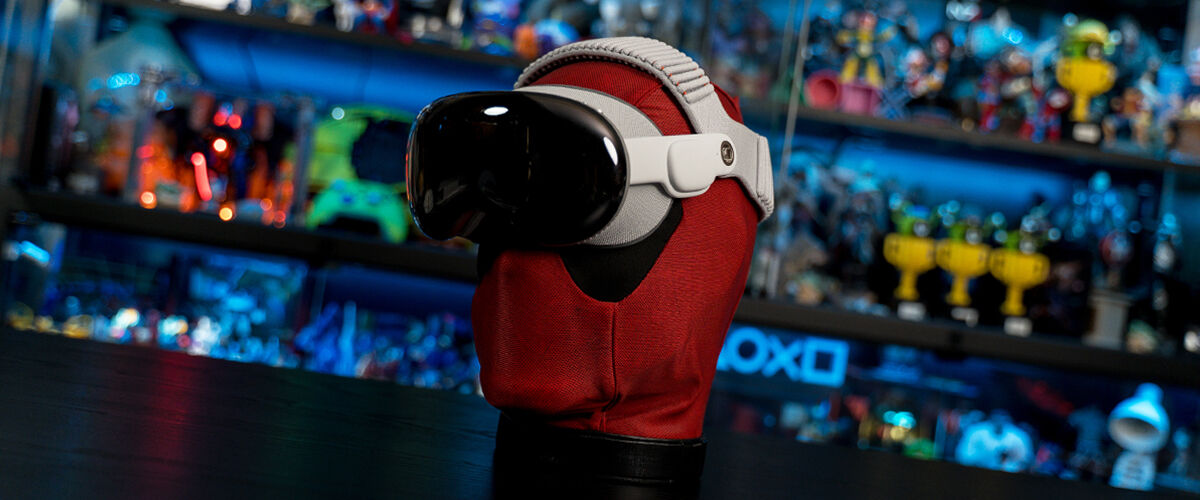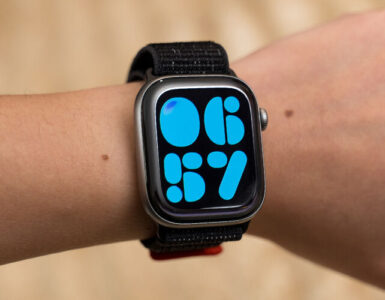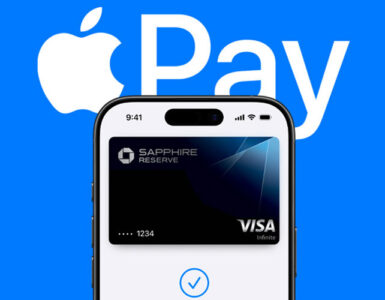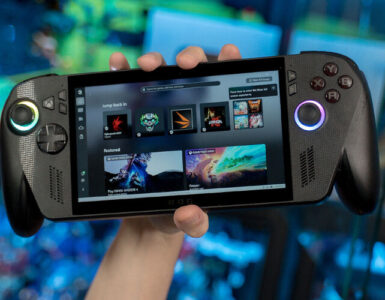Almost two years after its release, the Apple Vision Pro continues to turn heads in the house. The children lean in, trying to listen in on what I’m watching or listening to via the Audio Pods mini speakers, be it the latest chapter of the Marvel Cinematic Universe on Disney+, or if the third track from Taylor Swift’s “The Life of a Showgirl” continues to be on repeat on Apple Music. Meanwhile, my wife would stare into my digital eyes via the external display of the mixed reality headset, and tell me that my eyes now look more like me than before, but still not exactly me.
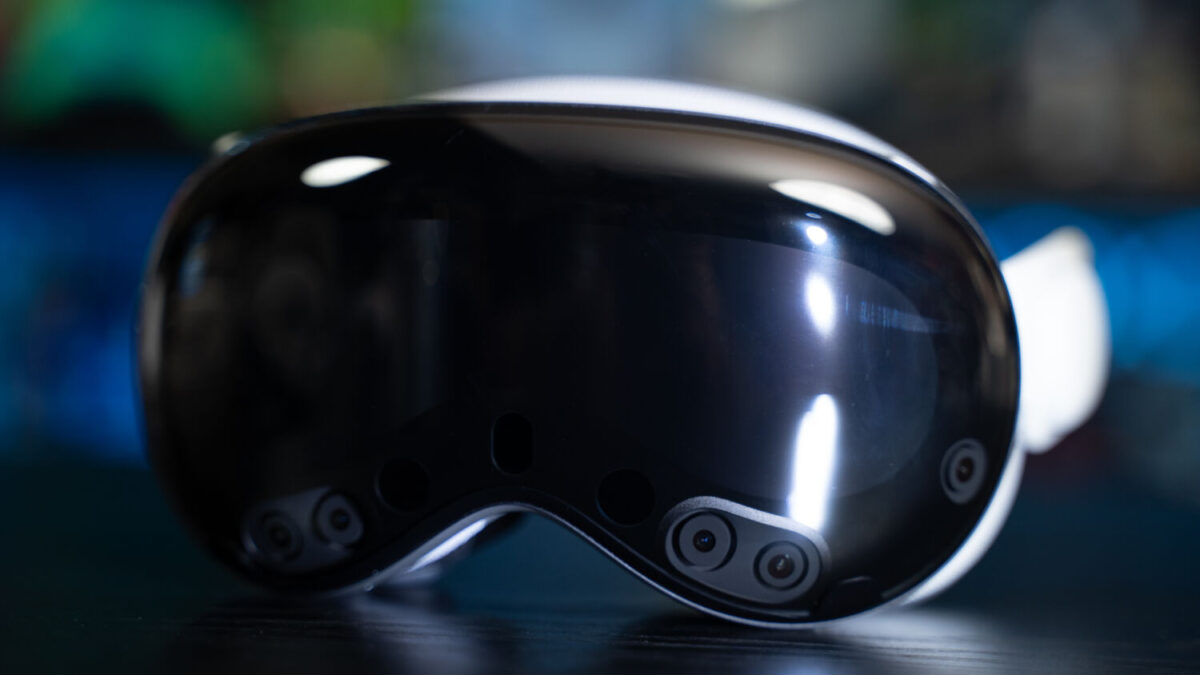
On a lazy Sunday afternoon, the children are trying to stay caught up with the latest season of Netflix’s Stranger Things on the living room TV, as I’m navigating the latest Word document on my MacBook Pro 16 connected to the new Apple Vision Pro (via Mac Virtual Display) running on the latest M5 processor, perched at the dining room table. On my virtual left, James Gunn’s Superman plays in another window through the headset via HBO Max, and, with the virtual background turned off, I notice Max Mayfield (Sadie Sink) talking to her brother’s grave stone at the cemetery from the corner of my eye.
“Vecna is coming,” I warn the children and they turn towards me, noticing that while I am facing the general direction of the TV, my head is tilting left and right, as I shift my eyes back and forth between David Corenswet and the open Word document on the virtual screen, undecided on which would be a less frustrating task to focus on.
As Max floats in the air, the kids scream and hide behind the couch cushions as the grotesque Vecna shows up, and I smile and type the next sentence in my draft proposal. Just when you thought that the Apple Vision Pro couldn’t get any more impressive, the tech giant has done what it does best – refining an already remarkable device into something even more capable.
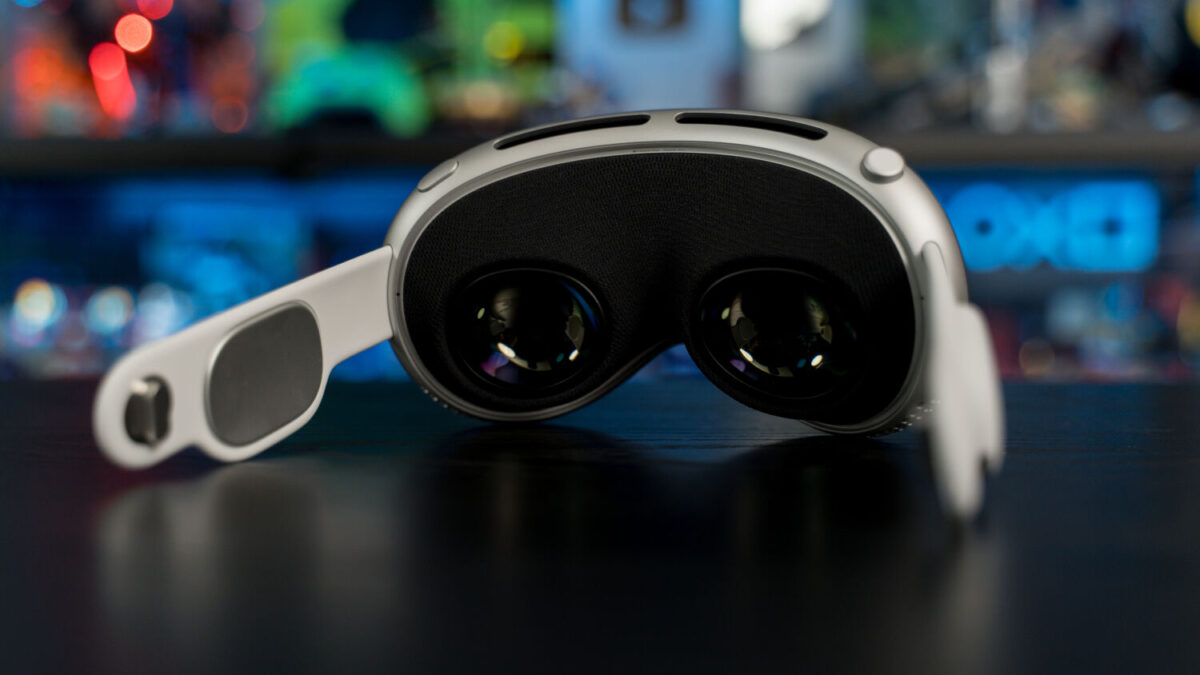
Updated from the M2 chip on the original, Apple’s spatial computer, now powered by its latest M5 processor, is a better-performing device, even as the external design remains virtually untouched. After skipping the M3 and M4 chip, the Vision Pro represents the company’s confidence in its silicon roadmap, even as it struggles to convince the general public why they need to pick up a S$4,999 device.
It’s an entertainment device, yet it still lacks a dedicated Netflix or YouTube app, two of the most frequently used content platforms globally. You can play games, but you need a separate game controller, and while you can type with an external keyboard, it’s hardly a laptop replacement since certain key apps, such as Telegram or WhatsApp, are not supported, and for a generation sold on connectivity, the Vision Pro continues to offer a use proposition, but takes some away as well.
The first major difference out of the box is the new Dual Knit Band that replaces the original Solo Knit Band that loops around the back of your neck. Think of the Dual Knit Band as a mashup of the Solo Knit Band, which has a single, thicker strap, and the Dual Loop Band, which comes with two thinner straps, as you now get a second strap that wraps around the top of your head. This better distributes the weight of the Vision Pro across your head, and you won’t feel the weight of the unit apply pressure on the bridge of your nose and face with extended use.
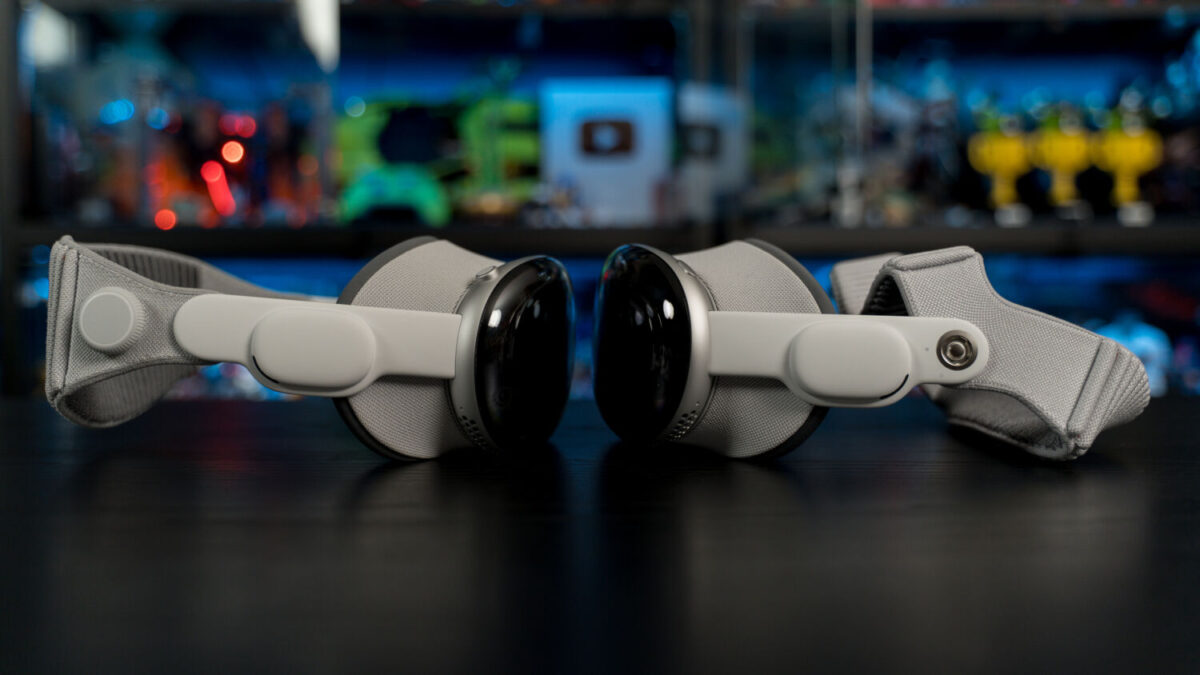
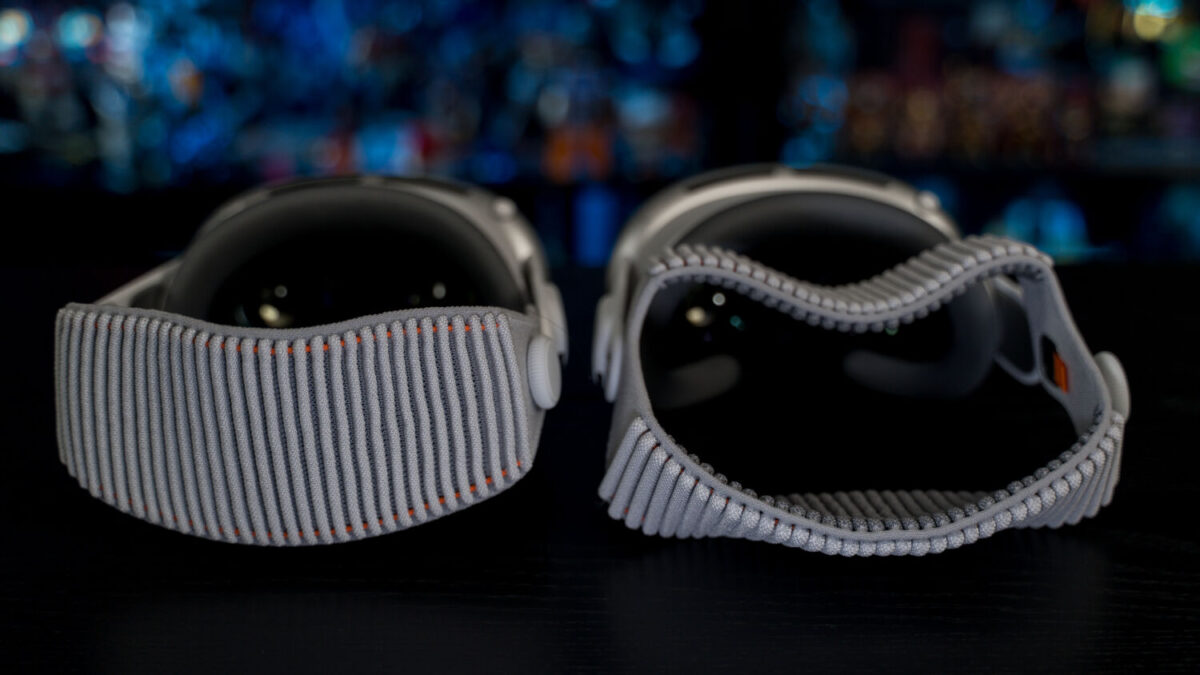
While the new headband looks like the Solo Knit Band, it’s made with a slightly different material and design, making it more breathable. There is a knob on the right side that can be rotated to tighten the strap that goes around the back of your head, and when you extend this knob, you can now rotate it to tighten or loosen the strap across the top of your head.
Make no mistake – while the new band securely places the unit on your face, you’re still wearing a 750g computer on your face, just that it doesn’t slide down as much, and long sessions of viewing things through the headset, or long FaceTime calls, no longer feel like a strained chore.
But to address the elephant in the room: Does the improvement in the chip change the headset by much, since it remains almost identical in design and functions as the original? Using my existing face cushion and optical inserts from the first-generation unit, the setup experience remains the same, except that facial or retina recognition is now considerably faster and more precise, and provides an almost instantaneous response. There is also less movement of the unit on my face, thereby reducing the number of pop-ups that tell me to look up, or lift the unit on my face. But the M5 chip isn’t about making Safari load faster or streaming apps to run smoother, but about unlocking capabilities.
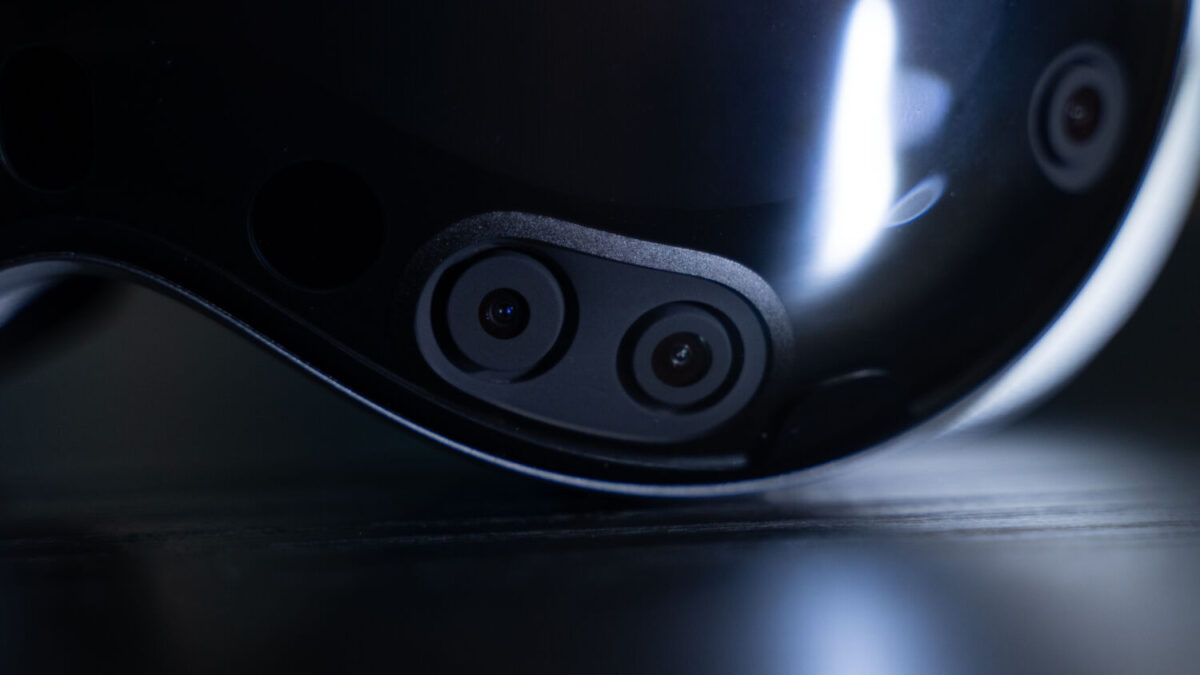
It’s the software’s ability to record a more detailed Persona, with greater details of the skin and hair texture. In a four-way FaceTime call, where each caller is represented by their Persona, you can see head turns and mouth movements with so much clarity, it’s as if the conference call is taking place with everyone in the same room. Anyone can share their screen, and even a 3D model that can be manipulated with gesture control, and this definitely beats dialling into a conference call where you’re simply staring at someone’s flat presentation and wondering if everyone can hear you. These Apple Vision Pro FaceTime calls are so trailblazing that you can actually notice when someone naturally lifts their hand, looks at you or shifts their head, to recognise that they want to say something.
Much of this is on the M5 chip, which actually makes the display better, but not because of any physical hardware changes to the micro-OLED panels in the unit. Instead, the chip can render pixels by 10 per cent more, and its computational prowess is immediate, offering crispier textures and visuals. That said, the change, like faster retina recognition, is subtle and akin to looking out of your home through clean, not dusty windows.
On paper, the M5 chip delivers a 15 per cent increase in multithreaded CPU performance over the M4, and when combined with the 10-core GPU, which has a dedicated Neural Accelerator in each core, it means a far superior performance over the original Vision Pro.
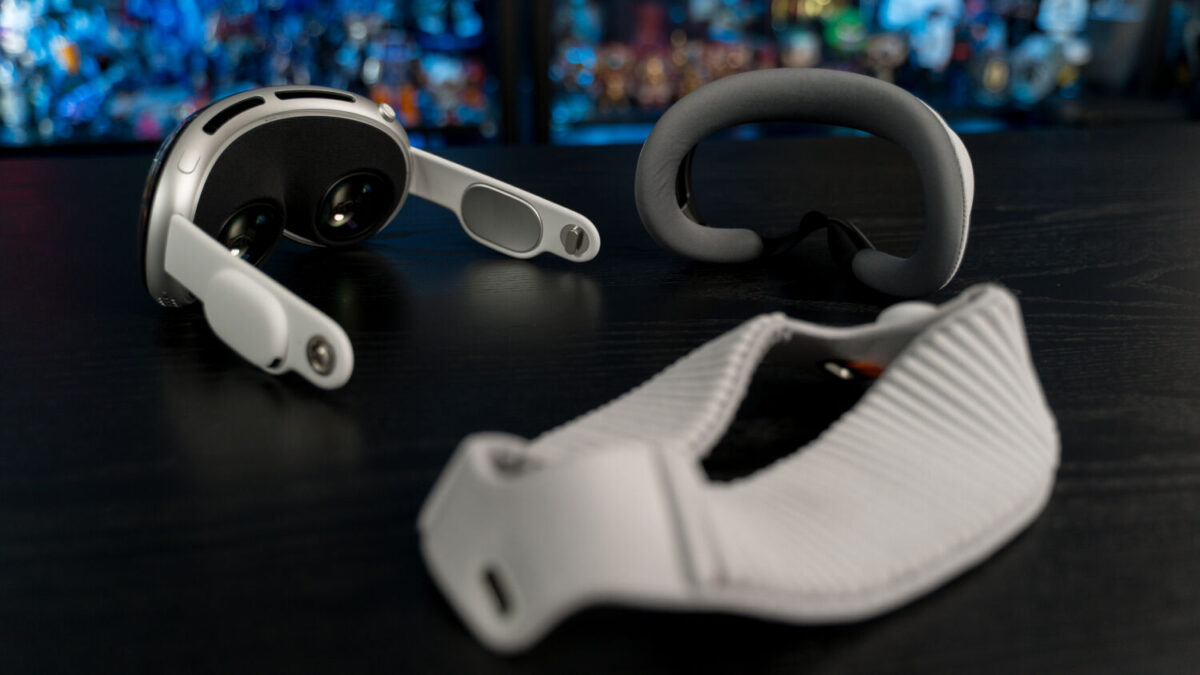
Aiding this visual enhancement is the new 120Hz refresh rate, up from the previous 100Hz. If you are viewing your surroundings through passthrough mode, the text on your iPhone 17 Pro Max looks sharper, and there is reduced motion blur as you turn your head, especially in the evenings with your LED light illuminating the bedroom.
For those who primarily use Mac Virtual Display on the unit, the larger display on the Vision Pro runs smoother and without the occasional shudder that follows when you move the window or run your cursor across the screen to trigger actions. Now, if only Apple could find a way to open more than one Virtual Display screen for any connected Mac, instead of making users open multiple windows within that single Virtual Display, even if they actually have multiple monitors connected to their Macs.
What gets a slight improvement is battery life, as the new model clocks up to two and a half hours of general use, and up to three hours for watching videos, an increase of roughly 30 minutes from the original. In reality, it’s not that much of an upgrade, as the portable battery means you can wear it around the home, offering temporary convenience when used on the move, but don’t count on it for extended use.
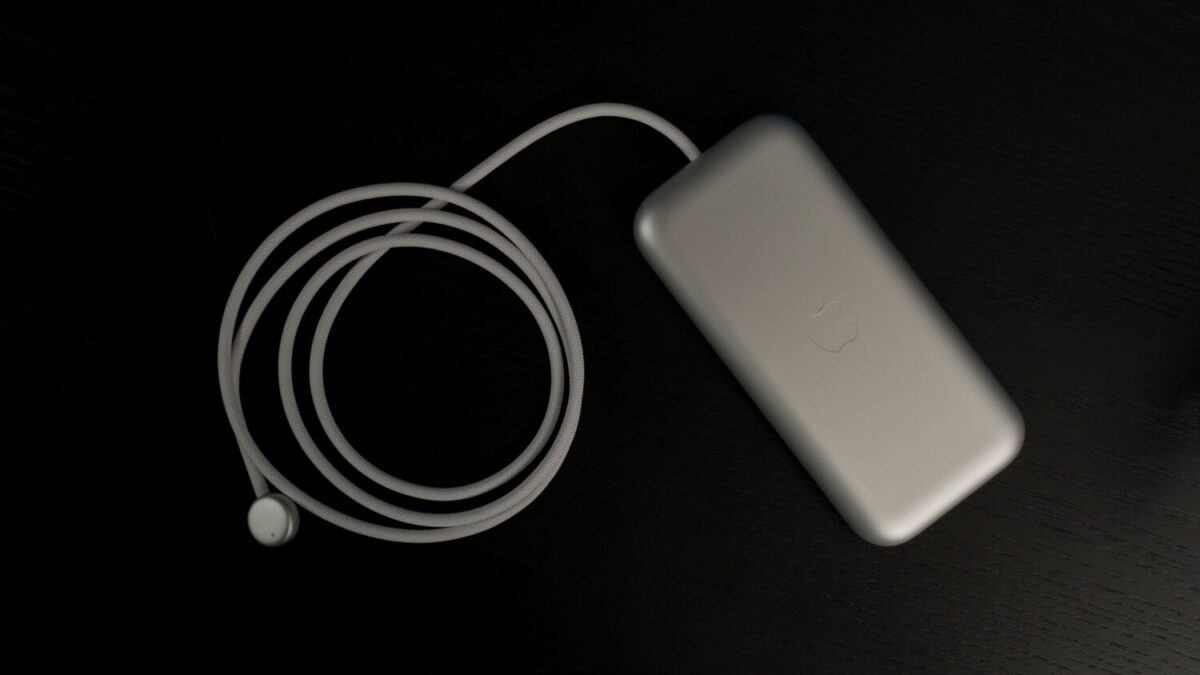
Ultimately, the latest Vision Pro is a taskmaster that comes with convenience but at a price. Even the best use for the device, for consuming entertainment, comes with limits, as it’s a single-user machine. The immersive nature is growing, though, with more content now designed for that all-around view as third-party developers are slowly embracing the platform’s potential – from the Audi F1 Project providing exclusive behind-the-scenes access to Formula 1 racing and the Red Bull app that throws in front row seats, to extreme sporting activities. From being able to increase the size of the display to seeing yourself ‘float’ above buildings in an immersive video, this is your personal IMAX at your fingertips.
For sports enthusiasts, there’s the NBA app that offers game highlights for general users, or you can catch the full game as a subscriber, and also get game statistics while watching. Amazon Prime Video recently introduced live NBA games, and the Vision Pro offers the best viewing experience with virtual courtside seats. Sadly, you won’t be able to catch live WWE matches, since Netflix still isn’t supporting the Vision Pro at this time.
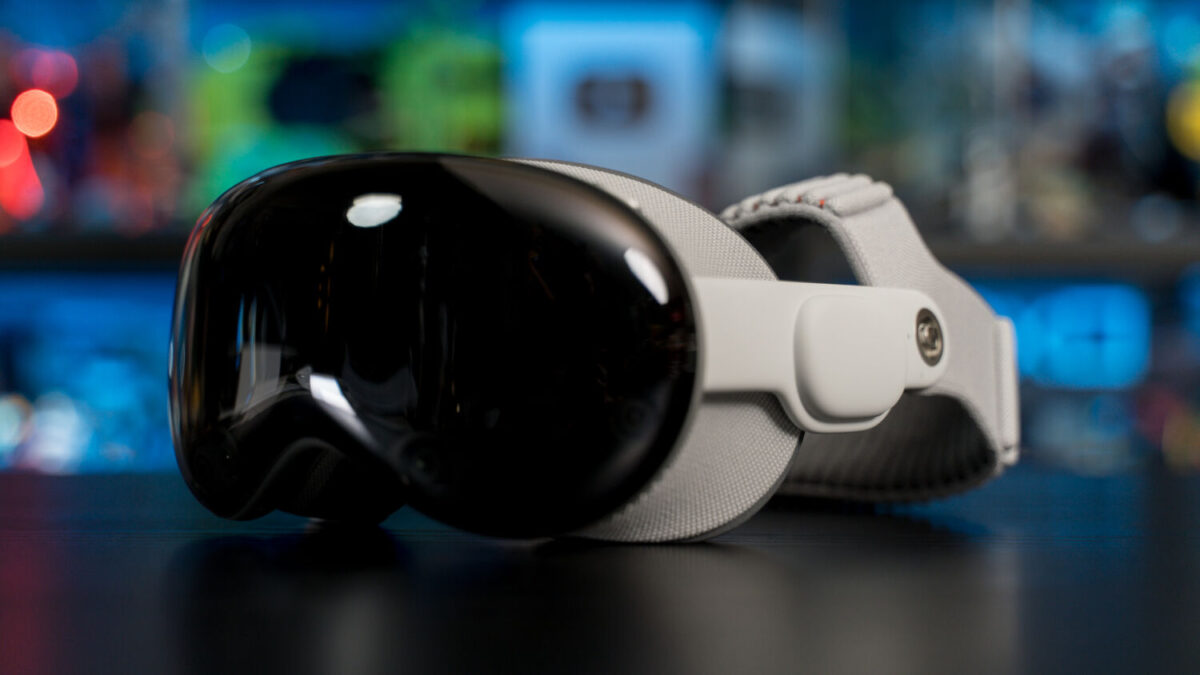
If you already own the original Vision Pro with M2, this upgrade is unnecessary. But if you’ve felt the desire to power your workflow with mixed reality hardware, the M5 model is your best bet. You will need to accept that this hardware is slightly ahead of its time, and the single-user perspective means it’s a solo experience that can rarely be shared, and is still in need of more killer applications before it becomes indispensable.
GEEK REVIEW SCORE
Summary
The Apple Vision Pro with M5 is both an amazing spatial computer and a gadget still searching for a purpose. At S$4,999 for the base 256GB model, the upgraded model delivers improved performance where it matters, for those capable of the investment.
Overall
8.5/10-
Aesthetics - 8.5/10
8.5/10
-
Build Quality - 8.5/10
8.5/10
-
Performance - 9/10
9/10
-
Value - 7/10
7/10
-
Geek Satisfaction - 9.5/10
9.5/10

